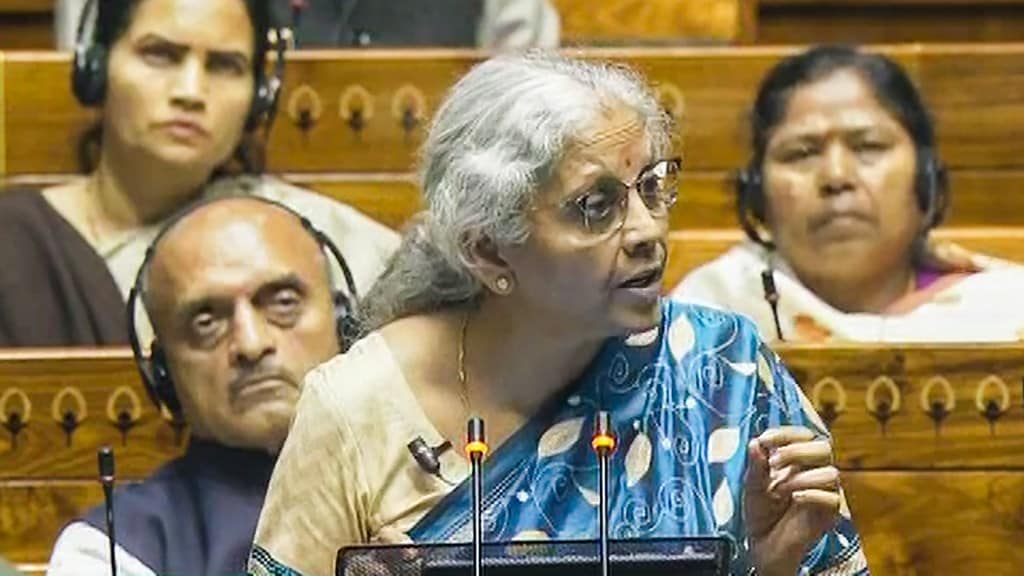By Sudhir Kapadia,
In the run up to this year’s interim Budget, ample indications were given by the government that no major changes in taxation were being contemplated as has been the convention.
Also, in place of the Economic Survey usually released before the Budget, the finance ministry came out with an economic review of the past 10 years of the Modi government. The highlight of this review is the projection of India’s economy to be $7 trillion by 2030 and reiteration of India’s goal to be a developed economy by 2047.
The review also identified education, health and energy security, reducing the compliance burden for small businesses and improving women’s participation in labour force as priority areas for reforms.
Some offbeat announcements include a rooftop solarisation scheme to enable one crore households to obtain up to 300 units of free electricity every month, a new scheme to help the middle class to buy or build new homes, a corpus of Rs 1 trillion to provide long-term finance at concessional rates of interest for research and innovation, and long-term interest-free loans to the states for tourism development.
Also, the FM has reiterated her resolve to adhere to the fiscal deficit glide path by projecting a lower target of 5.1% of GDP and lower market borrowings to facilitate larger availability of credit for the private sector. It is surprising to note that no mention has been made about the future divestment of stakes in PSUs or the large-scale land monetisation programme announced few years ago.
While the current high level of tax buoyancy has helped the government reduce reliance on divestment/ land monetisation receipts as this is an important policy initiative and an important source of non-tax revenues, an objective assessment of the reasons for the underwhelming outcomes of these programmes would help in initiating expeditious remedial measures.
On taxation, the FM has sent a strong signal of stability, predictability and certainty by not tinkering with either direct or indirect tax rates (including import duties). This is in a sharp contrast to the FY19 interim Budget, wherein specific direct tax benefits were announced for lower income earners and relating to investment in realty.
Instead, certain tax benefits to startups engaged in specified businesses and exemption given to sovereign wealth and pension funds on specified investments have been extended by a year. Similarly, the exemption of investment income of non-resident banking units in IFSC and income related to leasing of aircraft and ships in IFSC units, which was expiring on March 31, has also been extended by a year.
A glaring omission is the non extension of the concessional tax rate of 15% on new manufacturing units. Considering the continuing need to incentivise manufacturing and the support extended in specified sectors by way of PLI, it is surprising that there is no extension.
It needs to be borne in mind that India is competing with much older jurisdictions in attracting investments in the manufacturing sector and to significantly increase FDI, the government would do well to actually consider extending the lower tax rate for a longer period. The FM has done well to take note of the problem of festering age-old tax demands and holding back of refunds by way of adjustments of these disputed demands.
While the automatic deletion of small-value past tax demands is a salutary step, a different scheme for expeditious resolution of higher value outstanding tax demands could also have been considered to free up precious funds of taxpayers that remain with the government due to these long pending disputed demands.
Finally, it would have been good if FM had also focused on tax reforms, both in tax design and implementation, to facilitate the bold and visionary steps outlined for achieving greater heights of economic progress in the years to come.
In conclusion, the FM has made some far-reaching long-term announcements beyond the current fiscal. But, as any cricket follower knows, consistent running between the wickets is equally critical along with the occasional sixes.
(The author is partner, Tax & Regulatory Services, EY India)


